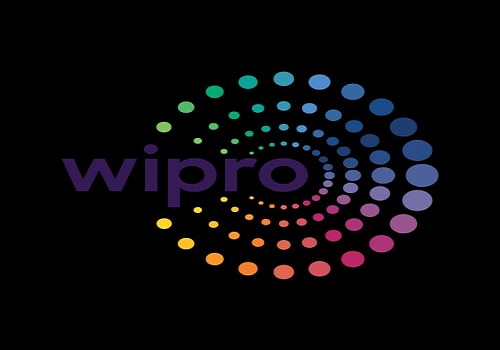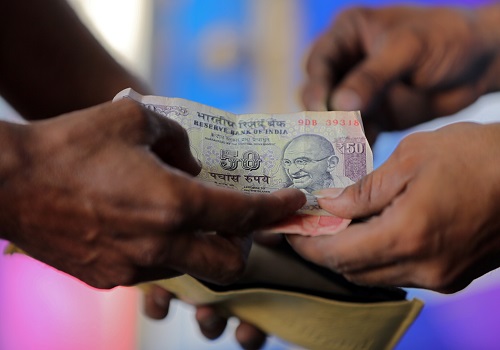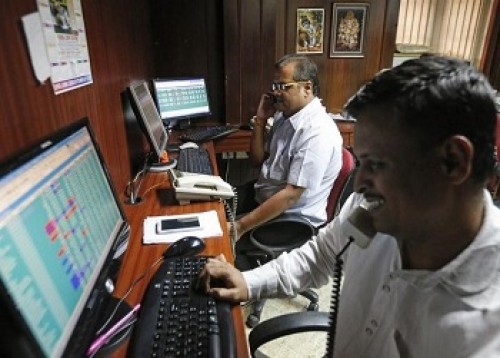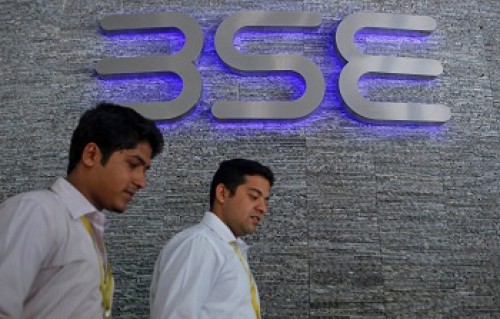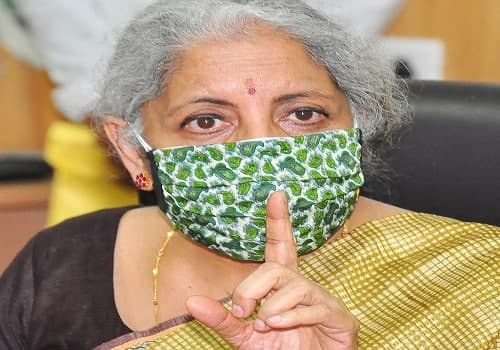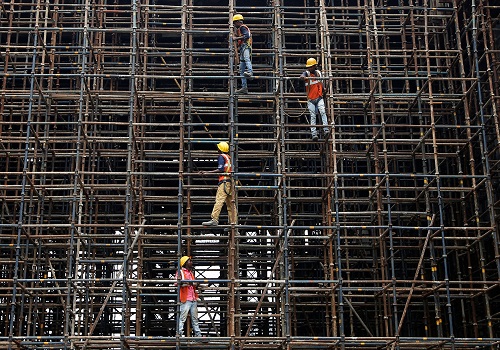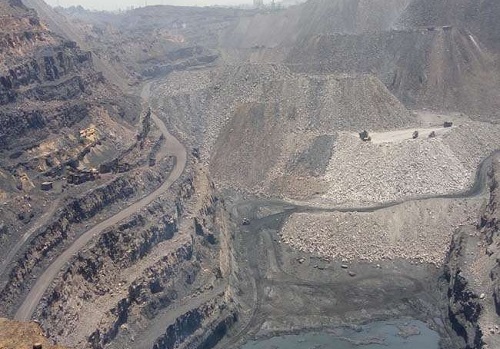Accommodative stance maintained to support growth By Choice Broking

Follow us Now on Telegram ! Get daily 10 - 12 important updates on Business, Finance and Investment. Join our Telegram Channel
https://t.me/InvestmentGuruIndiacom
Download Telegram App before Joining the Channel
Accommodative stance maintained to support growth
* Repo rate kept unchanged at 4%.
* Reserve repo rate under LAF remains unchanged at 3.35%. MSF rate and bank rate remain at 4.25%.
* The MPC maintained ‘accommodative’ stance to sustain growth on a durable basis.
* GDP growth is forecasted at 7.8% for FY23.
* The RBI expects CPI inflation of 4.5% in FY23.
* India’s forex reserves stood at $632 bn as of Feb 4 2022.
* The RBI proposed extension of On-tap Liquidity Window for contact-intensive sectors.
The MPC surprised the policymakers by leaving policy stance ‘Accommodative’ and made no change in the reverse repo rate. What more surprised is the RBI’s CPI inflation forecast at 4.5% for FY23 amidst the significant upside risk to prices from the elevated crude oil prices. Easing inflation fears, the MPC noted that inflation is likely to moderate in H1FY23 and move closer to the target rate thereafter, providing room to remain accommodative. The RBI forecasted Indian economy to grow at 7.8% in FY23 as higher capex promised in Budget 2022-23 to augment growth and crowd in private investment through large multiplier effects. The MPC judges that the ongoing domestic recovery is still incomplete and needs continued policy support. On elevated crude oil prices, the MPC expects supply conditions are likely to turn more favorable during 2022, though the outlook for crude oil prices is rendered uncertain by geopolitical developments.
All members of the MPC unanimously voted for keeping policy repo rate unchanged. While five members voted to continue with accommodative stance.
RBI forecasts CPI inflation at 4.5% in FY23
Inflation edged up to 5.6% in Dec from 4.9% in Nov primarily due to large adverse base effects. Since the Dec 2021, prices have moved along the expected trajectory, the MPC noted. Timely and apposite supply side measures from the Government have substantially helped contain inflationary pressures. Food inflation is likely to remain soft in coming months on expected decline in vegetables prices, reduction in pulses & edible oil prices on improved supply and production.
While the strong prospect of Rabi harvest, 1.5% YoY increase in area sown under Rabi up to Feb 04 2022, add to optimism on food price front. As per the MPC, crude oil prices outlook is uncertain due to geopolitical developments, however supply conditions are likely to turn more favorable during 2022. While cost-push pressures on core inflation may continue in the near term, the Reserve Bank surveys point to some softening in the pace of increase in selling prices by the manufacturing and services firms going forward, reflecting subdued pass-through.
The potential pick up of input costs is a contingent risk, especially if international crude oil prices remain elevated, the MPC added. On balance, the RBI projected CPI inflation at 4.5% in FY23 with Q1FY23 at 4.9%, Q2FY23 at 5.0%, Q3FY23 at 4.0% and Q4FY23 at 4.2% on assumption of normal monsoon in 2022. CPI inflation projection is retained at 5.3% in FY22 with Q4FY22 at 5.7%.
GDP growth forecasts at 7.8% in FY23
Recovery in the domestic economy activity is still lagging as private consumption and contact-intensive services remain below pre- pandemic levels. High frequency indicators are suggesting weakening of demand in Jan due to drag on contact-intensive services from the fast spread of the Omicron variant in the country. Merchandise exports remained buoyant for the eleventh successive month in Jan 2022.
The MPC projects sanguine outlook for agriculture and rural demand due to improved outlook of Rabi crop. Considering the limited impact of third wave of the pandemic, the outlook for contact intensives services and urban demand are expected to improve going forward. Higher capex as promised in Budget 2022-23 to augment economic growth and crowd in private investment through large multiplier effects. The factors which augur well for pick up in the aggregate demand are pick up in loan growth, rising exports, rising capacity utilization and supportive policies. Key downside risks to growth outlook are high crude oil prices, global financial market volatility. The RBI forecasted Indian economic growth at 7.8% in FY23 with Q1FY23 at 17.2%, Q2FY23 at 7.0%, Q3FY23 at 4.3% and Q4FY23 at 4.5%.
Additional measures to support the economy :-
Extension of on-tap liquidity window for contact-intensive sectors
On June 4, 2021, the RBI announced to open a separate liquidity window of Rs15,000 crore at the repo rate with tenors of up to three years available till March 31, 2022 for certain contact-intensive sectors. Banks have deployed their own funds to the tune of Rs5,041 crore (up to February 4, 2022) to the entities under contact intensive sector. In view of the response to the scheme, it is now proposed to extend this window up to June 30, 2022.
Voluntary Retention Route (VRR) – Enhancement of Limits
The Voluntary Retention Route (VRR) for investment in government and corporate debt securities by Foreign Portfolio Investors (FPIs) was introduced on March 01, 2019 with a view to facilitating stable investments in debt instruments issued in the country. Given the positive response to the VRR as evident from the near exhaustion of the current limit, the RBI proposed to increase the investment limit under VRR by Rs1 lakh crore to Rs2.5 lakh crore with effect from April 1, 2022.
Permitting Banks to Deal in offshore Foreign Currency Settled Rupee Derivatives Market
Banks in India were permitted in June 2019 to offer Rupee interest rate derivatives to non-residents to hedge their interest rate risk. With a view to providing a further fillip to the interest rate derivative market in the country, removing the segmentation between onshore and offshore markets and improving the efficiency of price discovery, it has been decided to allow banks in India to undertake transactions in the offshore Foreign Currency Settled Overnight Indexed Swap (FCS-OIS) market with non-residents and other market makers. Banks may participate through their branches in India, their foreign branches or through their IFSC Banking Units.
Enabling Better Infrastructure for MSME Receivables Financing – Increasing NACH Mandate Limit for TReDS Settlements
Trade Receivables Discounting System (TReDS) settlements are carried out through mandates in the National Automated Clearing House (NACH) system. Presently the amount of the NACH mandate is capped at Rs1 crore. Keeping in view the growing liquidity requirements of the MSMEs and the requests received from the TReDS platforms, it is proposed to increase the NACH mandate limit to Rs3 crore for TReDS settlements.
Enhancement of the Cap under e-RUPI (Prepaid digital Vouchers using UPI)
The RBI announces extension of term liquidity facility of Rs50,000 crore to emergency health services
To Read Complete Report & Disclaimer Click Here
Please refer disclaimer at https://choicebroking.in/disclaimer
Above views are of the author and not of the website kindly read disclaimer


